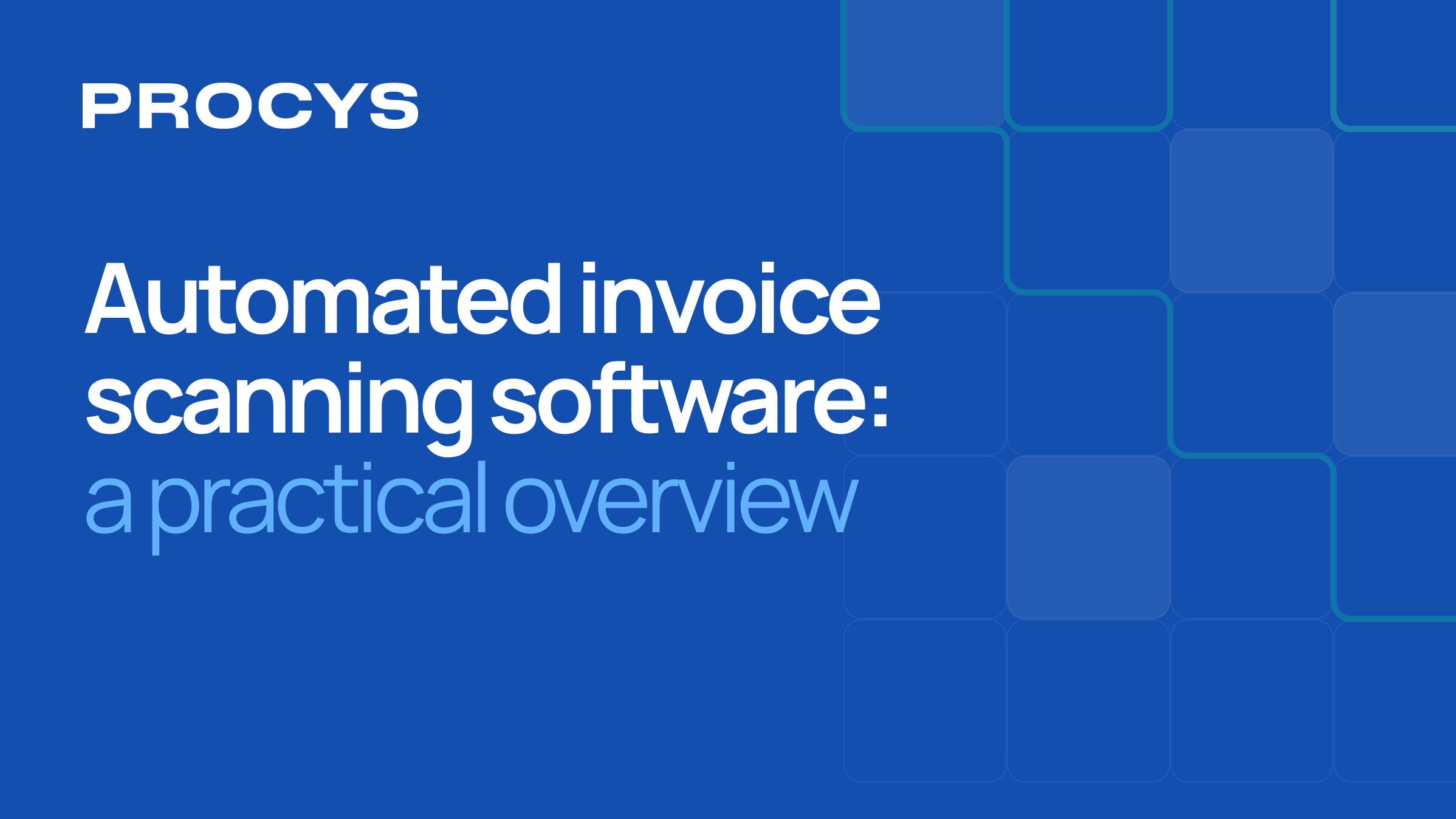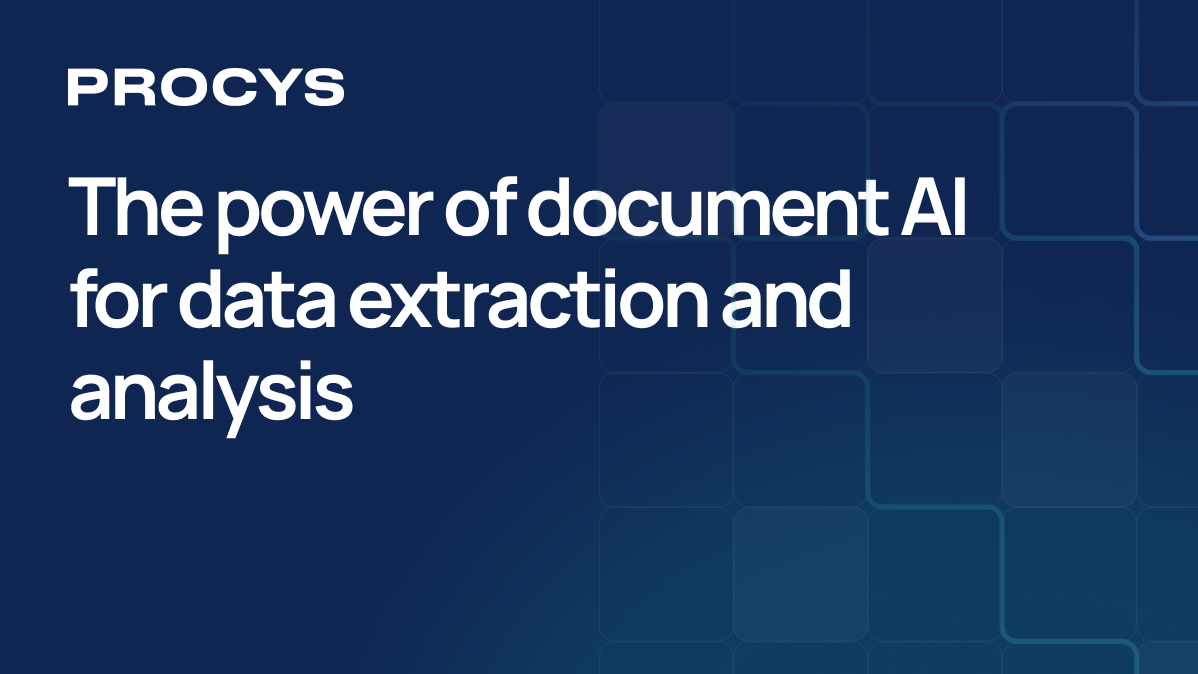Cada estrategia ambiental, social y de gobierno (ESG) tiene un punto de partida. Para muchas empresas, todo comienza con una pregunta sencilla: ¿Cómo podemos reducir nuestra huella de carbono sin interrumpir las operaciones diarias?
Una respuesta es procesamiento inteligente de documentos (IDP). Si bien puede que no parezca el punto de partida más obvio, es una forma práctica y mensurable de lograr un progreso real, especialmente para las empresas que se enfrentan a grandes volúmenes de procesamiento de facturas manuales o en papel.
Así es como IDP puede ayudar a las empresas a alinearse con los objetivos ambientales y optimizar los esfuerzos de sostenibilidad.
Reduzca su huella de carbono al dejar de usar papel
La gestión manual de documentos normalmente implica la impresión, el escaneo, el envío por correo y el almacenamiento de copias físicas. Esto no solo lleva mucho tiempo, sino que también consume muchos recursos. Desde el uso del papel hasta el transporte y el almacenamiento, cada paso aumenta su huella de carbono.
El cambio a IDP reduce drásticamente la necesidad de documentos físicos. Las facturas y los recibos se capturan digitalmente, se procesan automáticamente y se almacenan de forma segura en la nube.
¿El resultado? Menor consumo de papel, menor consumo de energía y menor dependencia de la infraestructura tradicional.
Evite errores en la entrada de datos
Los errores en la entrada manual de datos a menudo conducen a la duplicación del trabajo. El reprocesamiento de las facturas, la corrección de errores y la obtención de aprobaciones crean una actividad física y digital innecesaria. Eso supone más energía, más tiempo y más emisiones.
Con IDP, la automatización reduce los errores humanos al capturar y verificar los datos en la fuente. Esto se traduce en menos repeticiones, menos idas y venidas y un flujo de trabajo más ágil y limpio, lo que permite a su equipo financiero centrarse en tareas de mayor valor.
Automatización con eficiencia energética
A diferencia de los sistemas tradicionales que se basan en servidores de alta potencia o software de escritorio, muchas soluciones de IDP están diseñadas para ejecutarse en la nube. Esto aporta dos beneficios principales en materia de sostenibilidad:
- Infraestructura optimizada — Los proveedores de nube consolidan las cargas de trabajo y administran los recursos de manera más eficiente que el hardware local.
- Escalabilidad — Las empresas pueden escalar el uso en función de las necesidades reales, evitando el desperdicio de energía de los sistemas inactivos.
¿Le preocupan las emisiones basadas en la nube? Es una pregunta justa. Sin embargo, los principales proveedores de nube alimentan cada vez más sus centros de datos con energía renovable, y su infraestructura suele ser significativamente más eficiente desde el punto de vista energético que los servidores locales. En la mayoría de los casos, trasladar el procesamiento de documentos a la nube se traduce en una reducción neta de las emisiones de carbono. Un estudio de WSP Global, una empresa de consultoría ambiental, incluso descubrió que el traslado de las infraestructuras de TI de los centros de datos tradicionales a la nube reducía las emisiones de carbono de las empresas entre un 72 y un 98%.
¿Estás listo para hacer el cambio?
Reducir la huella de carbono no siempre requiere cambios radicales. A veces, se trata de identificar los procesos diarios que podrían funcionar de manera más inteligente.
Procys hace que el procesamiento inteligente de documentos sea fácil de implementar e incluso más fácil de escalar. Ya sea que esté comenzando su camino hacia la sostenibilidad o esté buscando mejorar los procesos existentes, estamos aquí para ayudarlo a trabajar de manera más inteligente, con menos residuos y más impacto.
Como ha visto, los beneficios ambientales de la migración a la nube son reales. Si a eso le sumamos menos papel, menos errores y flujos de trabajo más rápidos, IDP se convierte en un pequeño cambio con grandes resultados.
¡Pruébalo tú mismo! Cree una cuenta Procys y procese sus primeras 50 facturas de forma gratuita. No se necesita información de tarjeta de crédito.
Descubra lo rápida y sencilla que puede ser la automatización y comience a crear un flujo de trabajo más limpio y eficiente hoy mismo.

.webp)



